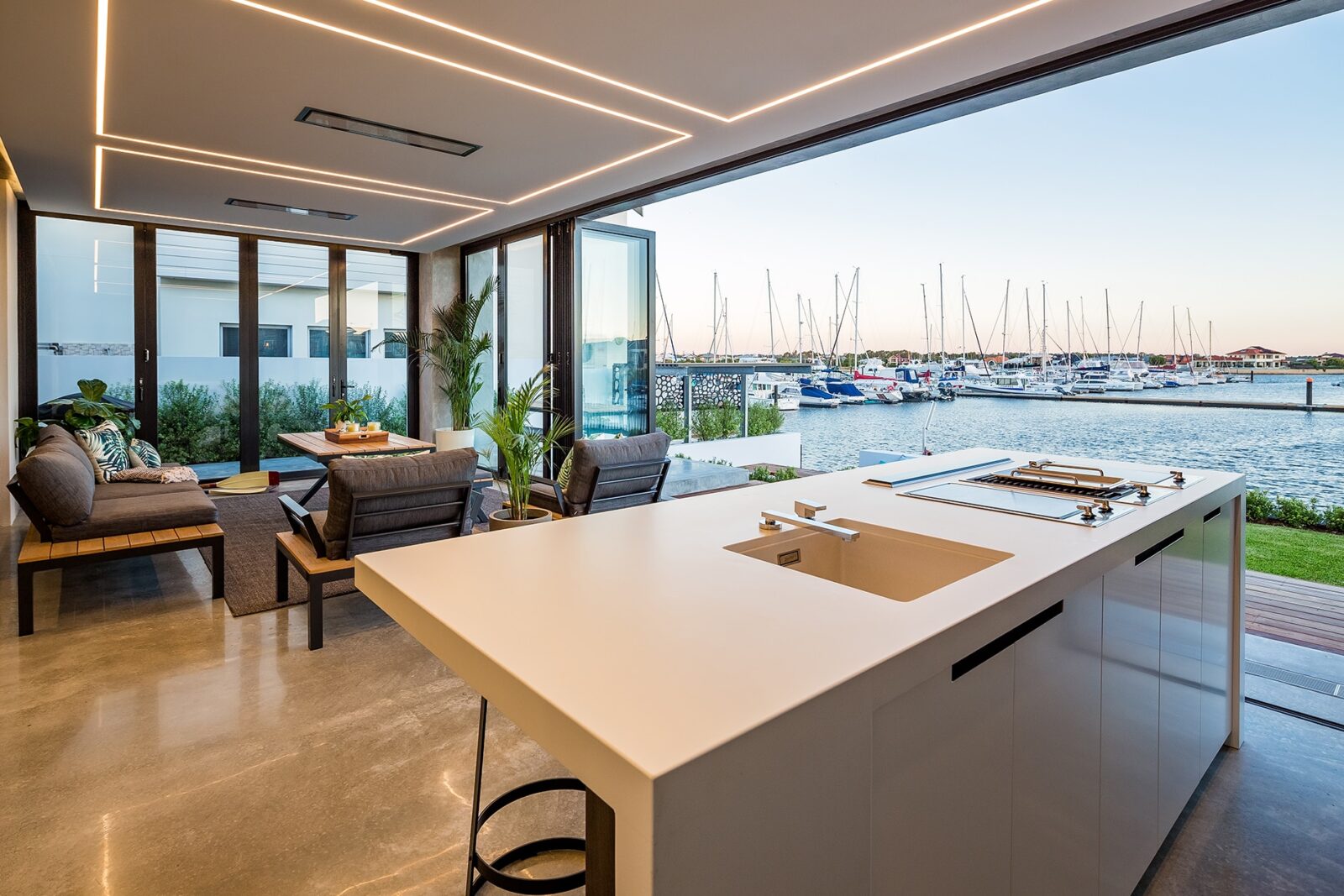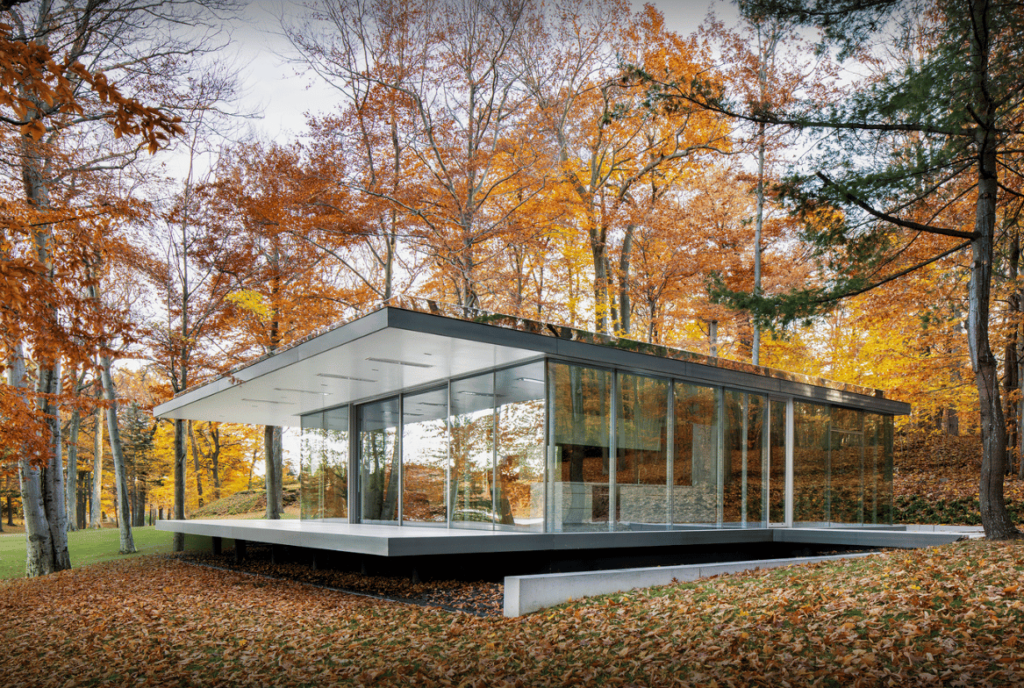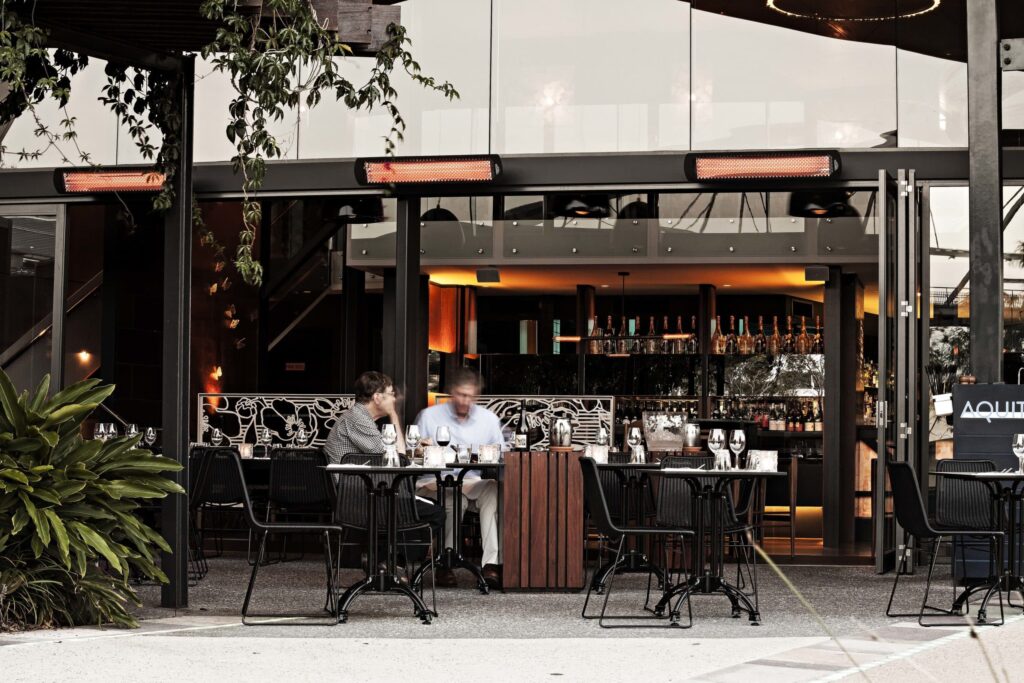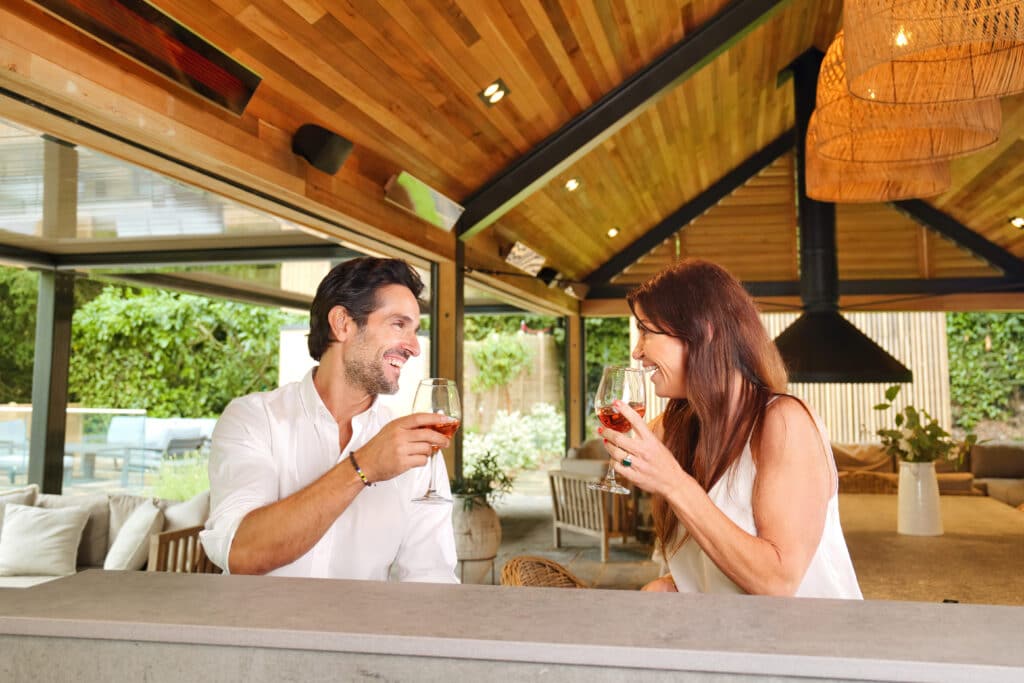Coastal outdoor heaters have a tough job. Salt spray, wind, fogs and storms – there’s always a threat out there that will cause metal components to rust. Choosing the best materials for coastal environments together with regular maintenance can significantly extend the life of your outdoor heaters.
Causes of corrosion
Salt spray from breaking waves and onshore winds is by far the biggest threat to metal components. Primarily made up of sodium chloride, it accelerates the electrochemical reactions that cause rusting and other forms of corrosion on metal components. In addition, the high level of relative humidity (RH) in coastal areas can further add to the deterioration of metals. This is mainly due to the metal’s exposure to atmospheric pollutants and other man-made compounds like sulphur dioxide, for example, that can be found in the moisture layers caused by fog, mist or dew. As such, coastal areas which frequently experience high humidity, regular fogs and long periods without rains are particularly vulnerable to metal corrosion.
Salt air concentration
Corrosion rates depend on the amount of salt spray in the air and vary considerably from region to region. Although oceanfront buildings will always be more severely affected than buildings farther inland, studies have shown that salt air can affect metal more than 50 miles inland. In some regions salt penetration has been found even further inland. Florida, for example, has recorded some of the highest salt deposits, affecting structures even up to 100 miles inland.
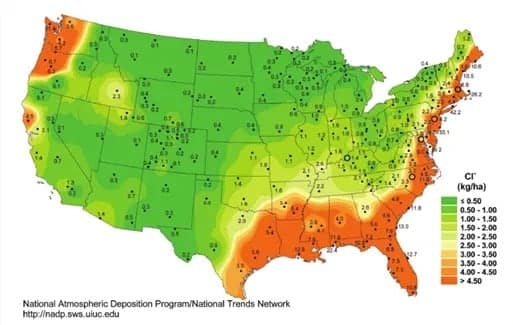
Besides rainfall and relative humidity, there are several other factors that influence the corrosion rate of salt air on metal, including wind speed and direction, coastal topography, and wave height. Each of these factors plays a role in determining the distance salty air travels. However, like any weather-driven condition, this also means that corrosion rates can vary considerably from year to year.
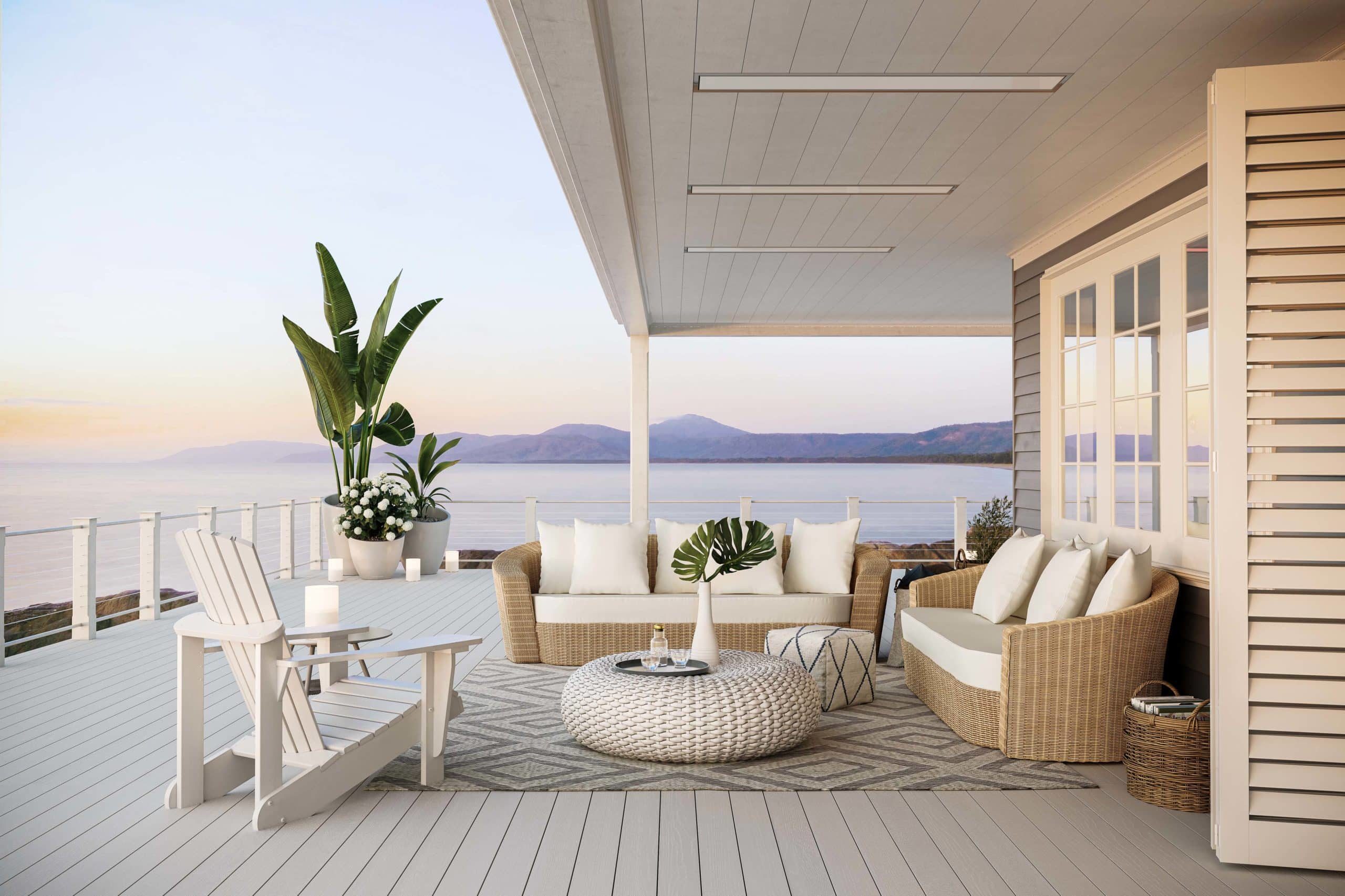
Stainless-steel for coastal outdoor heaters
Stainless-steel is considered one of the most corrosion-resistant metals and has a long history of providing good performance in coastal regions. The two most popular types of stainless-steel are 304 and 316 grades. While both types provide excellent performance in most environments, 316 graded steel is composed of 2% to 3% molybdenum, which further boosts its corrosion resistance.
Whatever the metal of your outdoor heater, coastal environments will always require a more intense maintenance regime as inland environments. To maintain product appearance, heaters should ideally be mounted under cover, so they’re protected from the weather whenever possible. In addition, the exterior housing of the heater should be cleaned at least every fortnight with a soft damp cloth to maintain the product’s appearance and protect it from the corrosive forces of marine environments.
For complete piece of mind, Bromic now also offers its Platinum Electric range in high-quality 316 stainless-steel for coastal applications. The new range of heaters was specifically engineered to provide superior resistance to the corrosive elements of marine environments and has already proven its durability and performance on some of the world’s most luxurious superyachts and cruise ships.
For more information on which product is right for you, contact one of our heating experts.

